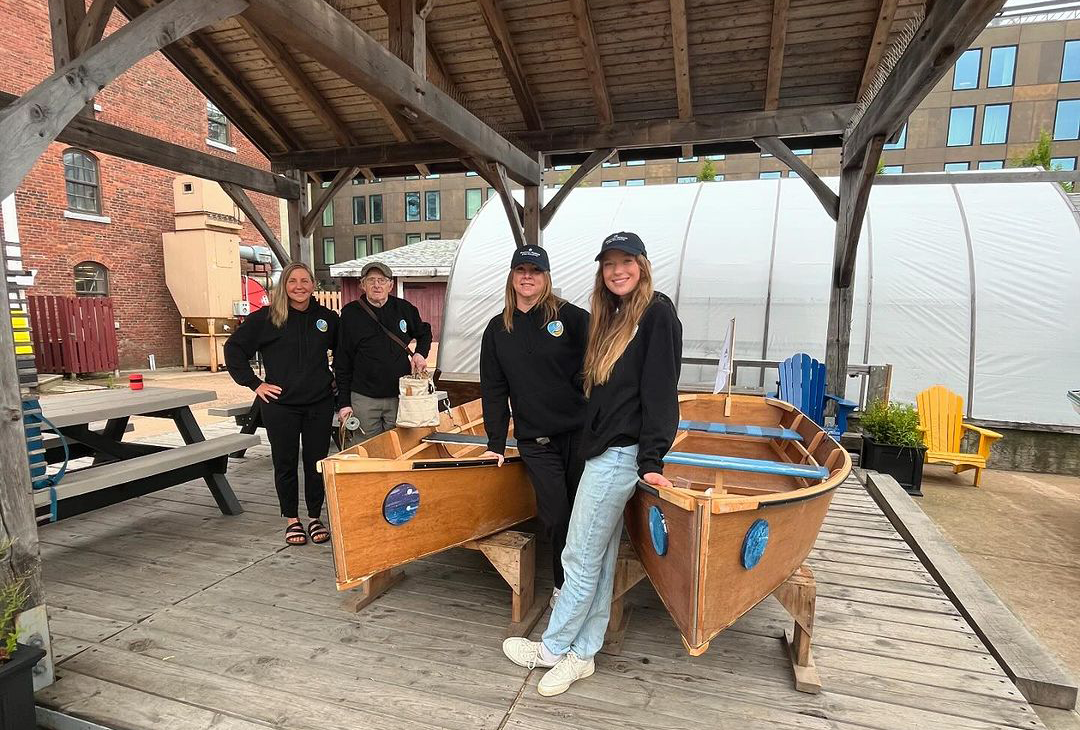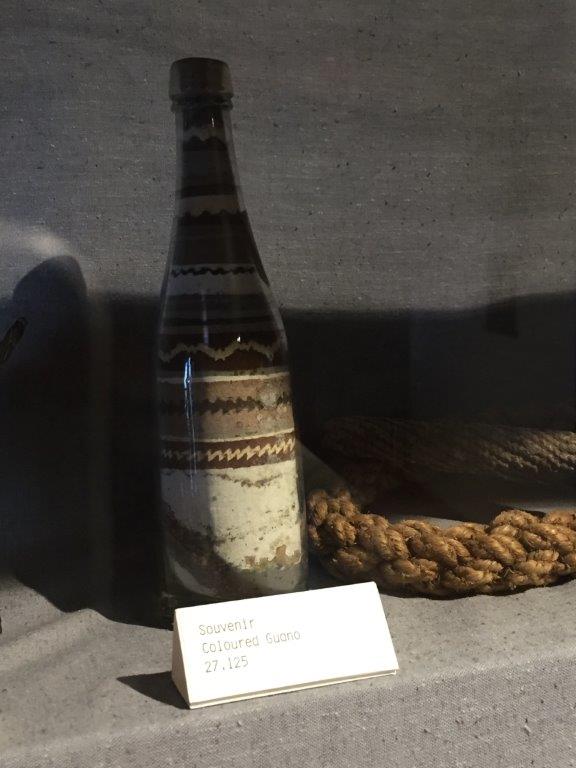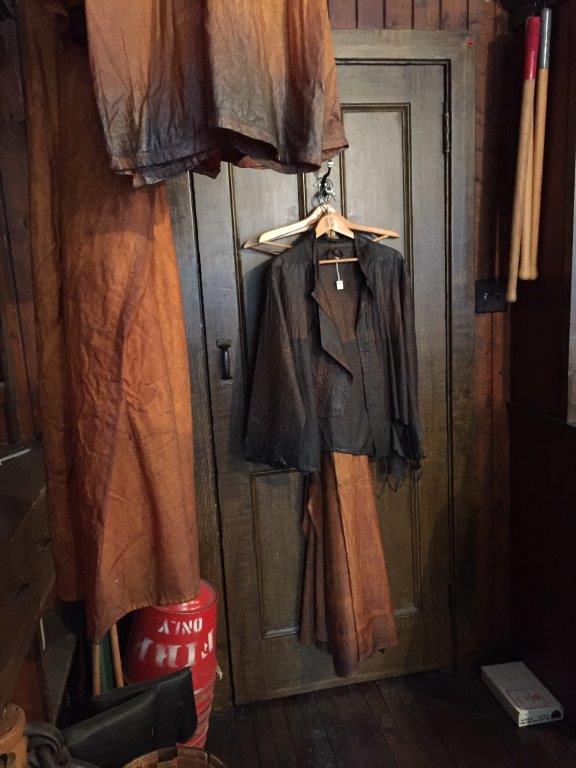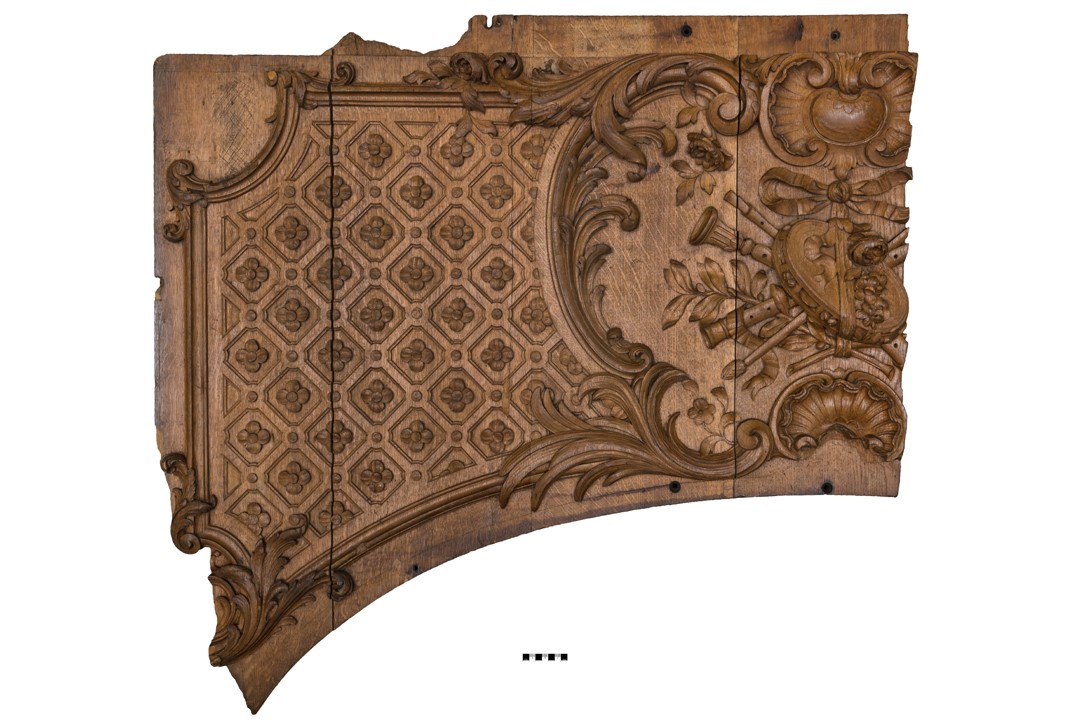Grace Elliott, Ocean Interpretation Intern, Maritime Museum of the Atlantic

Grace Elliott, Ocean Interpretation Intern, Maritime Museum of the Atlantic
I’ve always regarded RMS Aquitania as the greatest ocean liner ever built for the North Atlantic Ocean. There are a number of reasons for this and I hope that this brief history of this remarkable ship will give you an appreciation of what made her so special.

Guano was essentially seabird or bat excrement that was gathered for use as fertilizer. The word comes from the Andean indigenous language Quechua, and refers to any form of dung used as agricultural fertilizer. There's evidence that the Andes people had gathered guano for centuries.

The oilskins in our Robertson Store ship chandlery have been an important item of our collection since the museum opened. They represent over 300 years of proud seafaring tradition in Nova Scotia and are a good reminder of our roots.

First class lounge panel from RMS Titanic, M2004.50.108
James Augustus Farquhar’s story carries through several galleries in our museum. His memorial statue stands between our Days of Sail and Age of Steam galleries, but his story does not begin there.